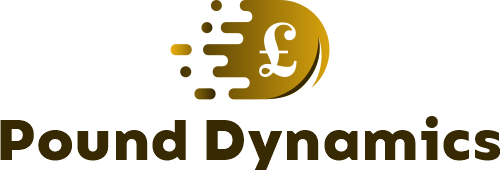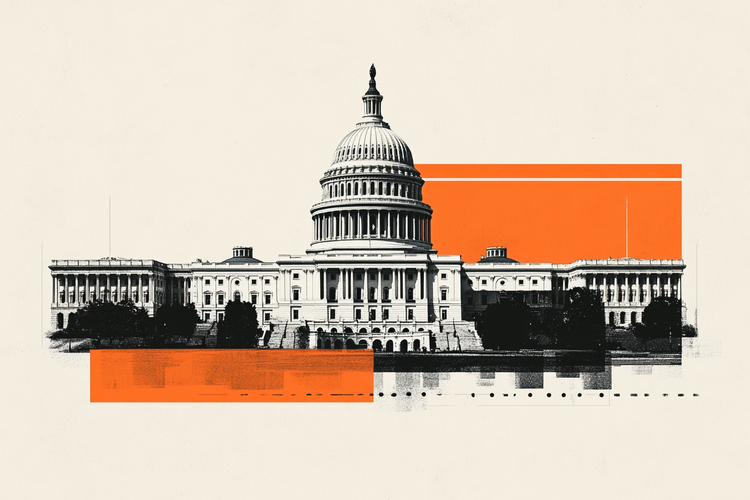The euro area economy showed signs of regaining momentum in July, with PMI data exceeding expectation. The composite PMI rose to 51.0 from 50.6, surpassing expectations of 50.8 and reaching its highest level since August 2024. This improvement was primarily driven by a strong rebound in services, with PMI increasing to 51.2 from 50.5, marking a significant positive surprise. Growth in services was led by Southern Europe, while Germany and France saw more moderate gains. The services sector is thus now at its strongest level this year, which is positive for the economic outlook, following the recent months of weakening. At the same time, manufacturing continued its’ encouraging progress, with PMI improving from 49.5 to 49.8, the highest reading in three years and nearing the neutral 50 threshold. Hence, the economy is faring better than expected, with Q2 GDP growth also coming in at 0.1% q/q following a strong 0.6% q/q print in Q1.
Euro area inflation remained steady at 2.0% y/y in July, slightly above expectations of a decline 1.9%. The primary driver was food price inflation, which rose to 3.3% y/y from 3.1% in June, while core inflation remained at 2.3% y/y as expected. Services inflation eased to 3.1% y/y, with monthly price increase in services at only 0.19% m/m. This brought the 3m/3m momentum down to 3% for the first time since January, indicating an easing momentum in services. The ECB’s June staff projections estimated headline inflation for Q3 2025 to average 1.9%, and as we anticipate inflation to rise in August and September, it will likely exceed the ECB’s expectations.
At its July meeting, the ECB unanimously decided to leave policy rates unchanged, as widely expected. While growth risks remain tilted to the downside, Lagarde struck a positive tone in her economic assessment, highlighting stronger-than-expected services PMIs and resilient domestic demand in Q1. She continued to downplay inflation undershooting concerns and that the economic baseline projections from June broadly holds in the case of a 15% tariff to the US (which was later agreed, see next bullet). We have revised our call ECB call following the recent string of events, and we now expect the ECB to keep its policy rates unchanged throughout 2025-26. For details see New ECB call: No further cuts in scope, 1 August 2025.
On July 27, the EU and US agreed a trade deal setting a 15% tariff on most EU imports, including cars and car parts, which were previously subject to tariffs of up to 27.5%. On the other hand, tariffs on pharmaceuticals will increase to 15% from 0%. As the EU exports a greater value of cars compared to pharmaceuticals, the combined impact of these changes is expected to result in lower average tariffs for the two sectors. Overall, the trade agreement is close to status quo compared to the previous months and we expect it to be a drag on activity but not cause any severe problems for the economy. A notable aspect of the agreement is the EU pledging to purchase $750bn worth of US energy products, equating to $250bn annually during Trump’s presidency. While this could significantly boost US energy exports, the EU lacks control over member states’ and companies’ energy sourcing. With current imports below $100bn, it is very difficult to see how this will be achieved.





















